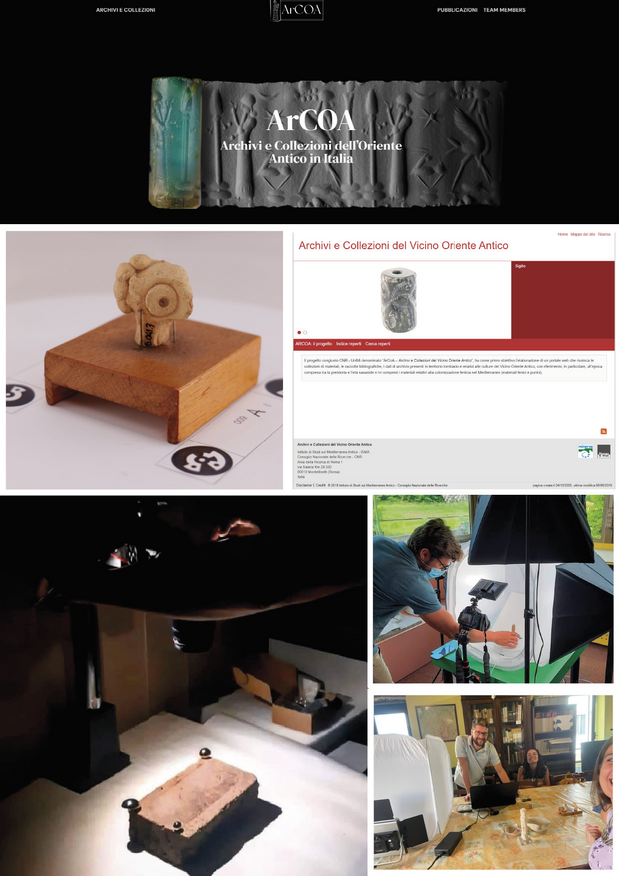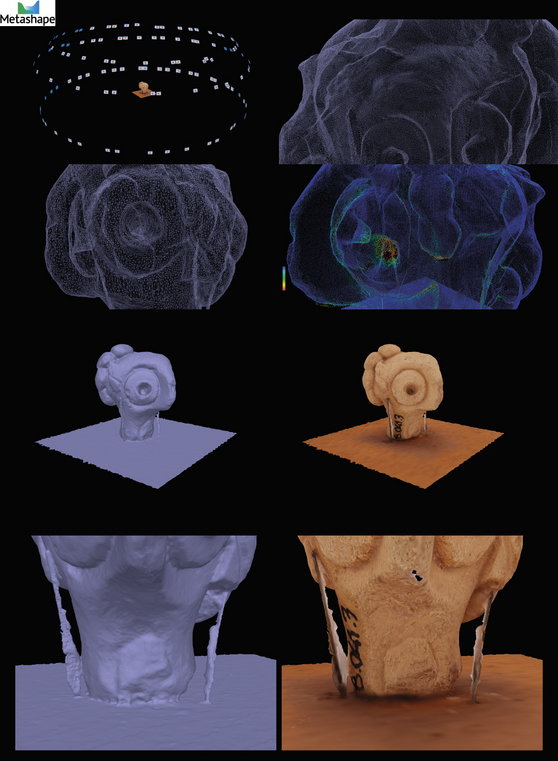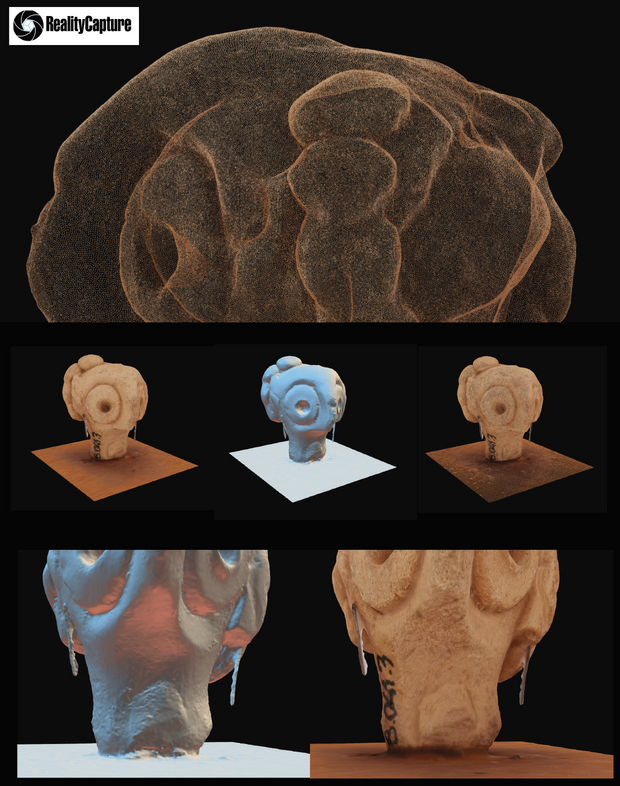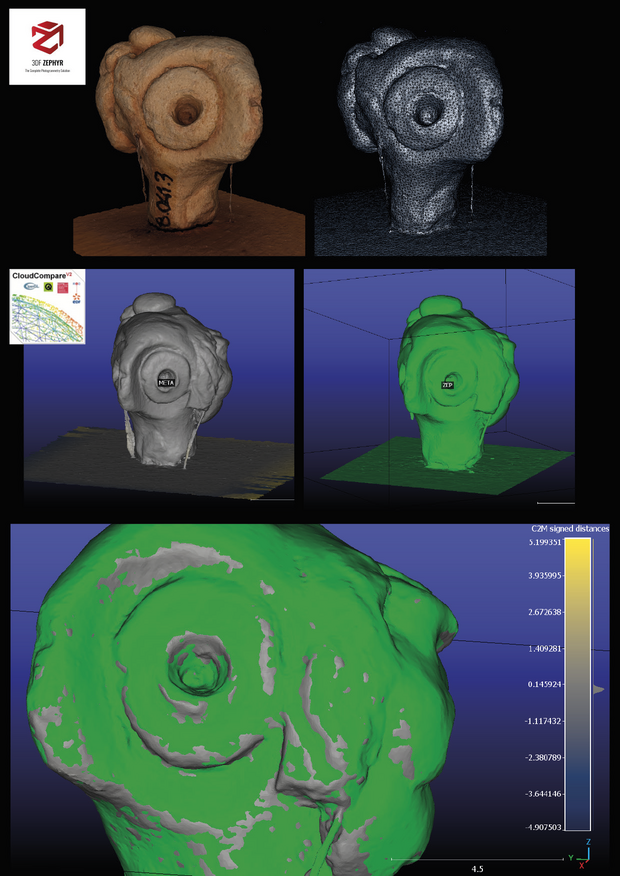Bursich D. 2024, Scansioni 3D di piccoli reperti per il progetto ArCOA (Archivi e Collezioni dell’Oriente Antico), in A. M. Marras, A. Palmisano, R. Leone, V. Messina (eds.), ArcheoFOSS 2023. Proceedings of the 17th International Conference on Open Software, Hardware, Processes, Data and Formats in Archaeological Research (Turin, 12-13 December 2023), «Archeologia e Calcolatori», 35.2, 235-244 (https://doi.org/10.19282/ac.35.2.2024.25)
Copy to clipboard Download: BibTeXScansioni 3D di piccoli reperti per il progetto ArCOA (Archivi e Collezioni dell’Oriente Antico)
«Archeologia e Calcolatori» 2024, 35.2, 235-244; doi: 10.19282/ac.35.2.2024.25
Abstract
ArCOA is a project aimed at the study, enhancement and communication of museum collections and historical archives on the ancient Near East in Italy. ArCOA was born from the collaboration between the University of Milan and the Institute of Heritage Science of the National Research Council, with a multidisciplinary working group of archaeologists, assyriologists, museum curators, cultural mediators and experts of technology applied to cultural heritage. The ArCOA team collaborates with several museums, public institutions and universities, including the Archaeological Museum of Como, the National Archaeological Museum of Florence, the Department of Historical Studies of the University of Turin and the Museum of Antiquities of the Royal Museums of Turin, for the diffusion of knowledge of the ancient cultures of the Near East. This paper shows the results obtained on photogrammetric scans of small terracotta head and its reprocessing through different programs, its morphological and geometric rendering. Even if today open source photogrammetric programs seem to be almost absent from academic researchs because non-commercial alternatives are not very competitive, much is moving instead in the freeware direction, with regulated conditions of use for universities and research centres, such as for example the latest version of Reality Capture or Metashape. Furthermore, the acquisition processes vary greatly in relation to the size of the object, which can force the operator to think in terms of micro-surveys.
Figures
Preview
Subjects:
Virtual Reality and 3D Modelling Classification of archaeological finds
Download (PDF)Publishers:
CNR - Istituto di Scienze del Patrimonio Culturale
Edizioni All'Insegna del Giglio
This website uses only technical cookies strictly necessary for its proper functioning. It doesn't perform any profiling and doesn't use third party cookies of any kind.
Read our privacy policy for additional information.
By clicking 'OK' or closing this banner you acknowledge having read this information and accept the website's contents.




